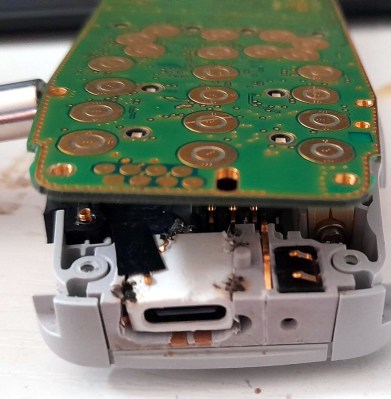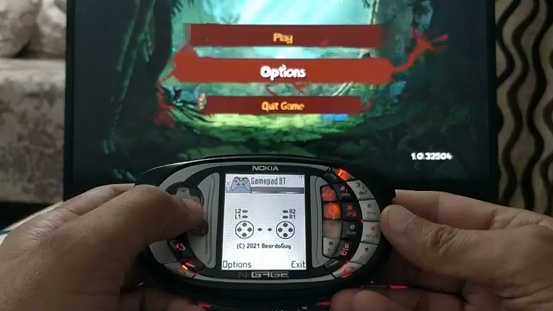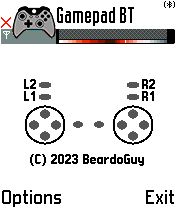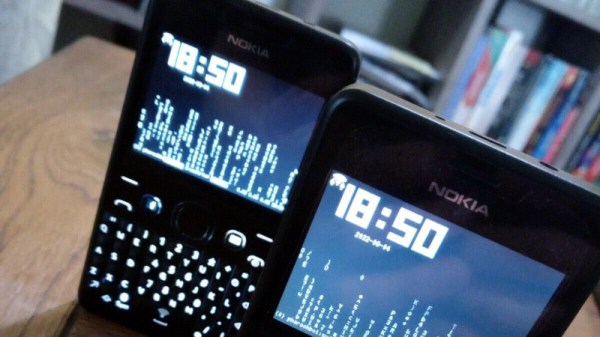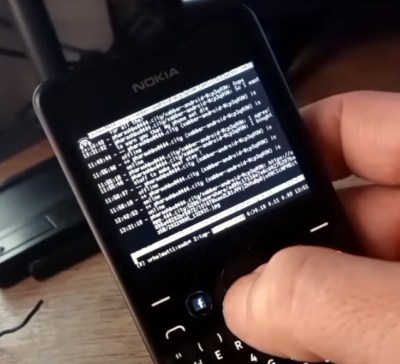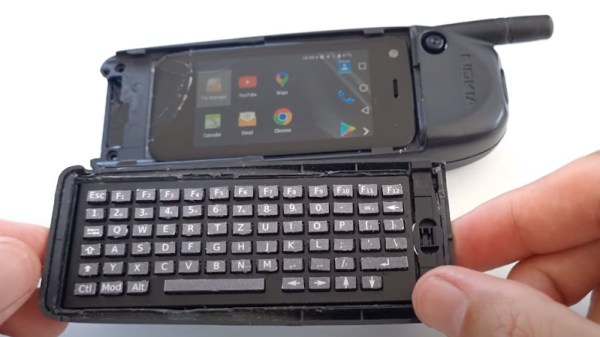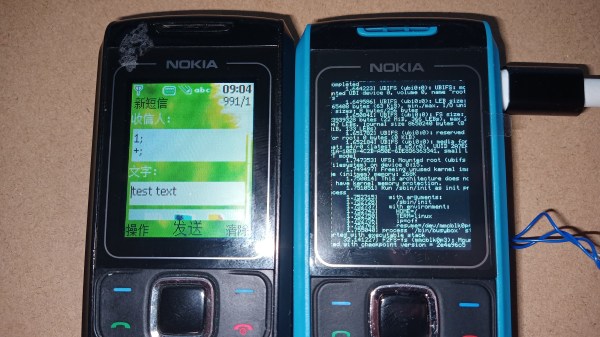Can a long-obsolete Linux phone from 2009 be of use in 2025? [Yaky] has a Nokia N900, and is giving it a go.
Back in the 2000s, Nokia owned the mobile phone space. They had a smartphone OS, even if they didn’t understand app distribution, they had the best cameras, screens, antennas, the lot. They threw it all away with inept management that made late-stage Commodore look competent. Apple and Android came along, and now a Nokia is a rarity. Out of this mess came one good thing, though: the N900 was a Linux-based smartphone that became the go-to hacker mobile for a few years.
First up with this N900 is the long-dead battery. He makes a fake battery with a set of supercapacitors and resistors to simulate the temperature sensor, and is then able to power it from an external PSU. This is refined to a better fake battery using the connector from the original. The device also receives a USB-C port, though due to space constraints, not the PD identifiers, making it (almost) modern.
Because it was a popular hacker device, it’s possible to upgrade the software on an N900. He’s given it U-Boot, and now it boots Linux from an SD card and functions as an online radio device.
That’s impressive hackability and longevity for a phone, if only we could have more like it.



